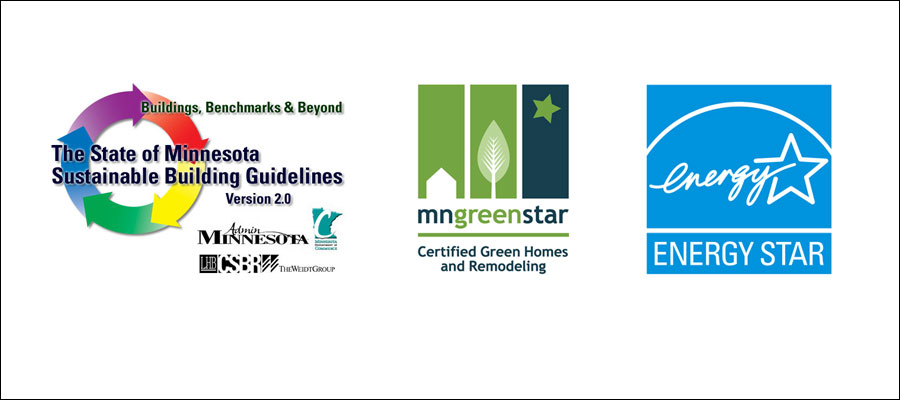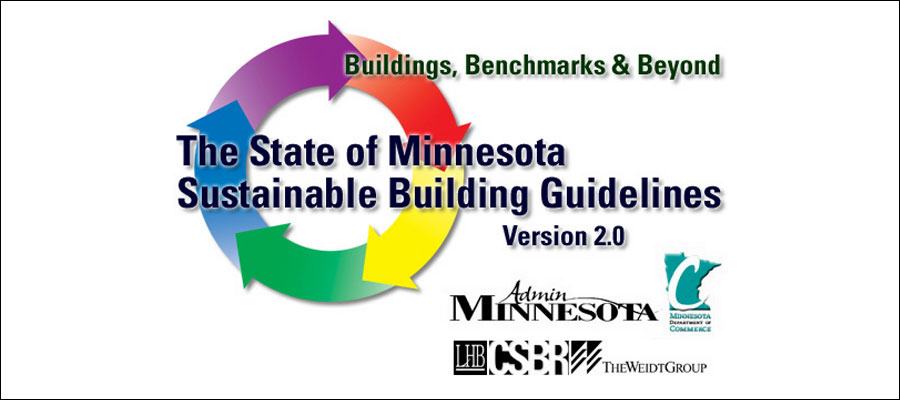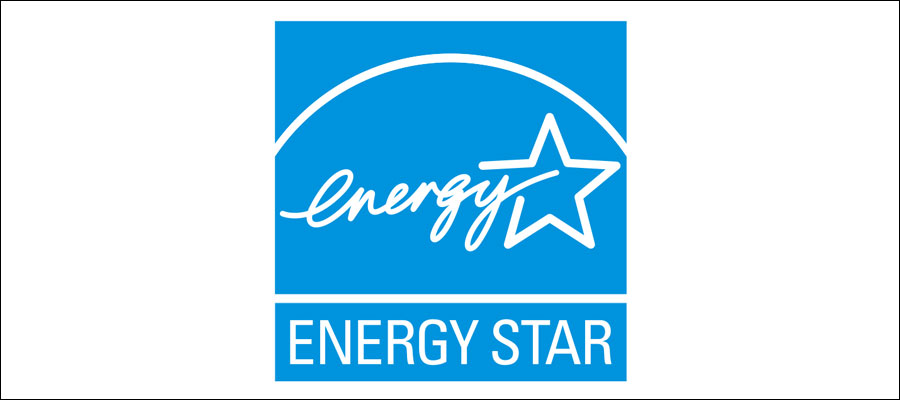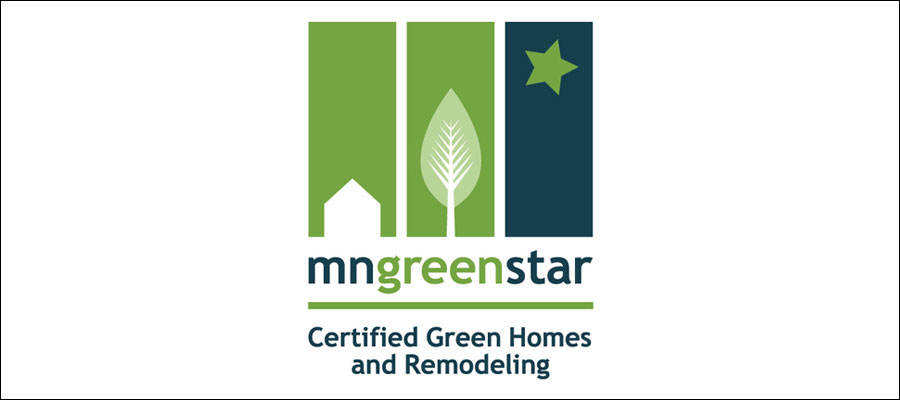



B3, Energy Star, and MN GreenStar
In addition to LEED, there are many other green rating and design programs promoted by various organizations and agencies. Some, such as B3 and Minnesota GreenStar, are unique to Minnesota, while others are national, or international ratings and guidelines.
B3
The Minnesota Sustainable Building Guidelines emerged from the Buildings, Benchmarks, and Beyond (B3) Project (www.msbg.umn.edu). B3 monitors energy use in public buildings in order to establish efficiency benchmarks. The MSBG was created to guide building professionals in increasing efficiency of new and existing buildings. Minnesota legislation requires all building projects funded with state bond money to follow the B3-MSBG.
The MSBG consists as a rating system as well as specific strategies and pertinent information for achieving a rating that complies with the legislation. It is organized by the following categories:
- Performance Management
- Site and Water
- Energy and Atmosphere
- Indoor Environmental Quality
- Materials and Waste
The Guideline requirements include:
- Exceed the energy code in effect in January 2004 by at least 30 percent
- Achieve lowest possible lifetime costs for new buildings
- Encourage continual energy conservation improvements in new buildings
- Ensure good indoor air quality
- Create and maintain a healthy environment
- Facilitate productivity improvements
- Specify ways to reduce material costs
- Consider the long-term operating costs of the building including the use of renewable energy sources and distributed electric energy generation that uses a renewable source of natural gas or a fuel that is as clean or cleaner than natural gas.
Energy Star
Energy Star (www.energystar.gov) is a certification system designed by the US Department of Energy and the US Environmental Protection Agency that began in 1992. The Energy Star label is awarded to specific products and buildings that meet strict energy efficiency standards. The goal of the Energy Star program is to reduce pollution through energy efficiency while improving indoor air quality and saving the building owner money, and is for both commercial and residential buildings. As well as providing a good return on investment, there are also tax credits available for some Energy Star products and systems.
New Homes
More than one million homes have qualified for the energy star label. New homes must meet standards in these areas:
- High performance windows
- Effective insulation
- Tight construction and ducts
- Efficient heating and cooling equipment
- Efficient lighting and appliances
Energy Star qualified homes are verified by a third-party auditor and are 15% more energy efficient than what the International Residential Code requires.
Existing Homes
Energy Star offers homeowners assistance in evaluating and improving their homes energy efficiency. From do-it-yourself programs like the “Home Energy Yardstick” to professional whole house overhauls like “Home Performance with Energy Star” there are a variety of ways to improve the environmental impact of your home as well as your energy bills!
MN GreenStar
Minnesota Green Star is a certification program for remodeling and new construction that is made by Minnesotans for Minnesotans. It takes general green concepts and applies them to the upper Midwest climate, regional natural resources, and local building codes. Building professionals complete MN Green Star training and results are evaluated by a third party. Three levels of certification (bronze, silver, and gold) are based on:
Five concepts of green building:
- Energy efficiency
- Resource efficiency and durability
- Indoor environmental quality
- Water conservation
- Site and community impact
As they apply to the eight components of building process:
- Outdoor and site
- Building envelope and systems
- Mechanicals
- Electrical and lighting
- Plumbing systems and fixtures
- Finish materials and coatings
- Waste management
MN Green Star is sponsored by the Builders Association of the Twin Cities, the National Association of Remodeling Industry-MN, the Green Institute, and the Minnesota Pollution Control Agency.
Domain Architecture & Design 2748 Hennepin Avenue South Minneapolis MN 55408 T: 612 870 7507 F: 612 870 7507 info@domainarch.com
